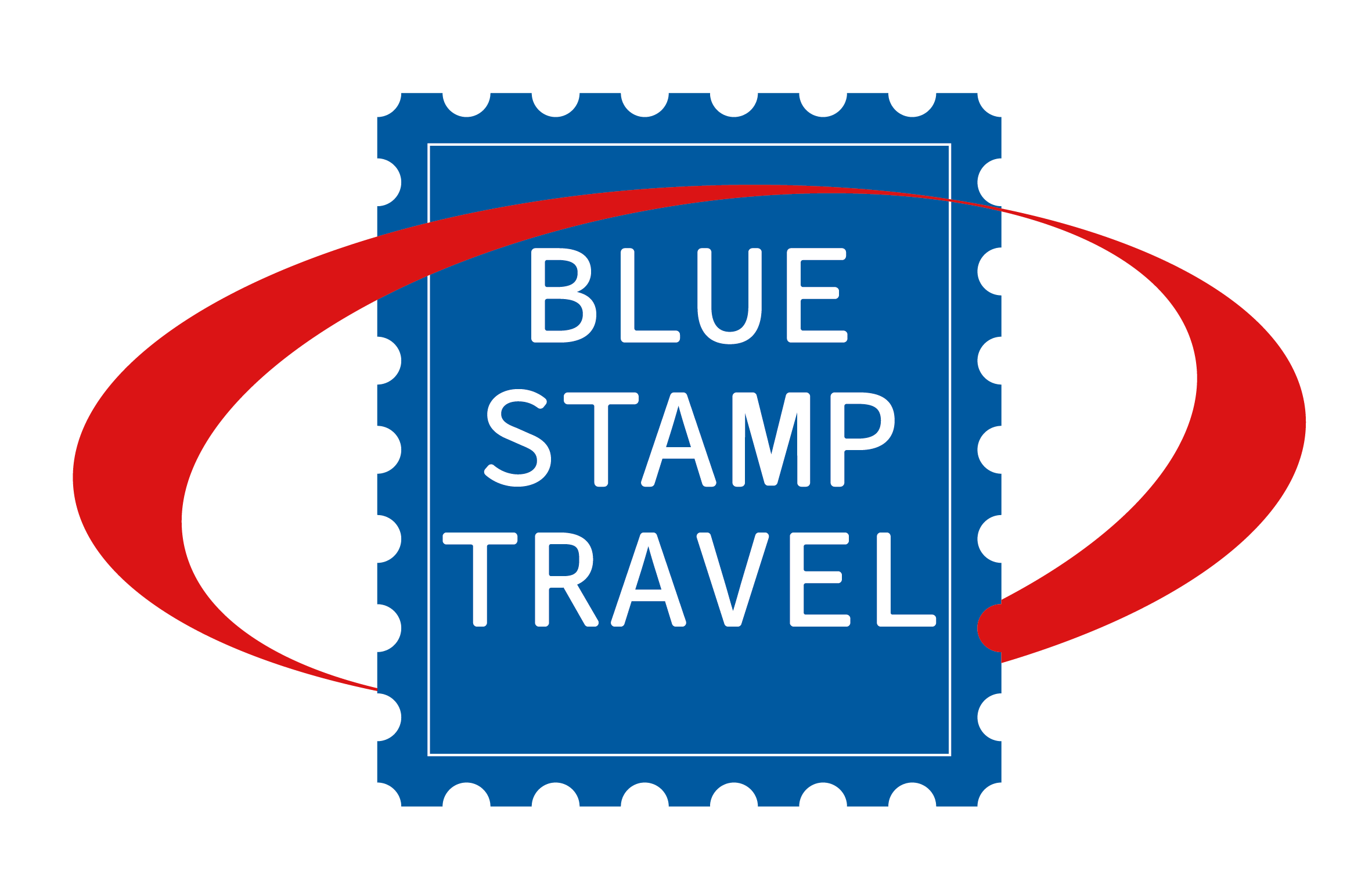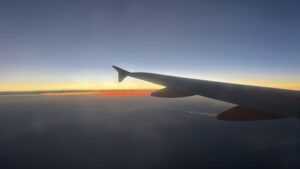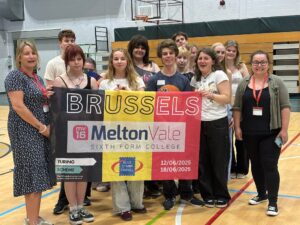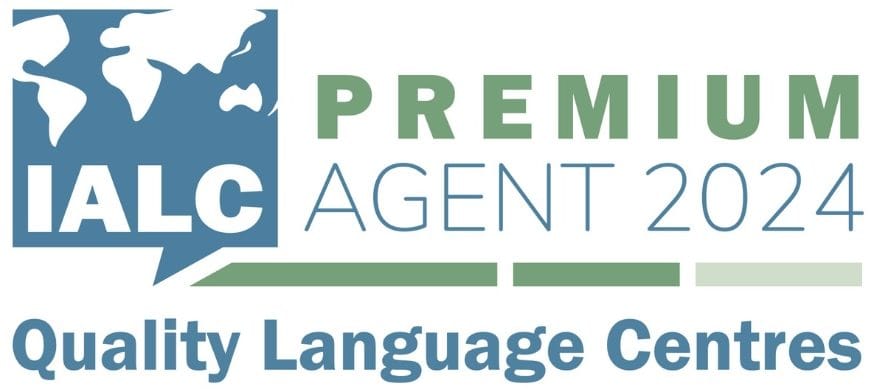Colonel Frank Seely Academy’s Paella-Making Workshop Experience
During their recent Intensive Spanish trip to Valencia with us, students from Colonel Frank Seely Academy experienced traditional Spanish culture and cuisine through a paella-making workshop, as part of their social and cultural activities programme outside of language lessons!
The experience began at Russafa (Mercado de Ruzafa), one of Valencia’s local markets, where students received a lesson on the ingredients used in paella. They learnt about the origin of each ingredient and fun facts, such as that red peppers and chorizo are not used in traditional Valencian paella. They learnt about the importance of freshness in paella – meat and seafood should be bought fresh from the market rather than a supermarket, ideally on the day of cooking.

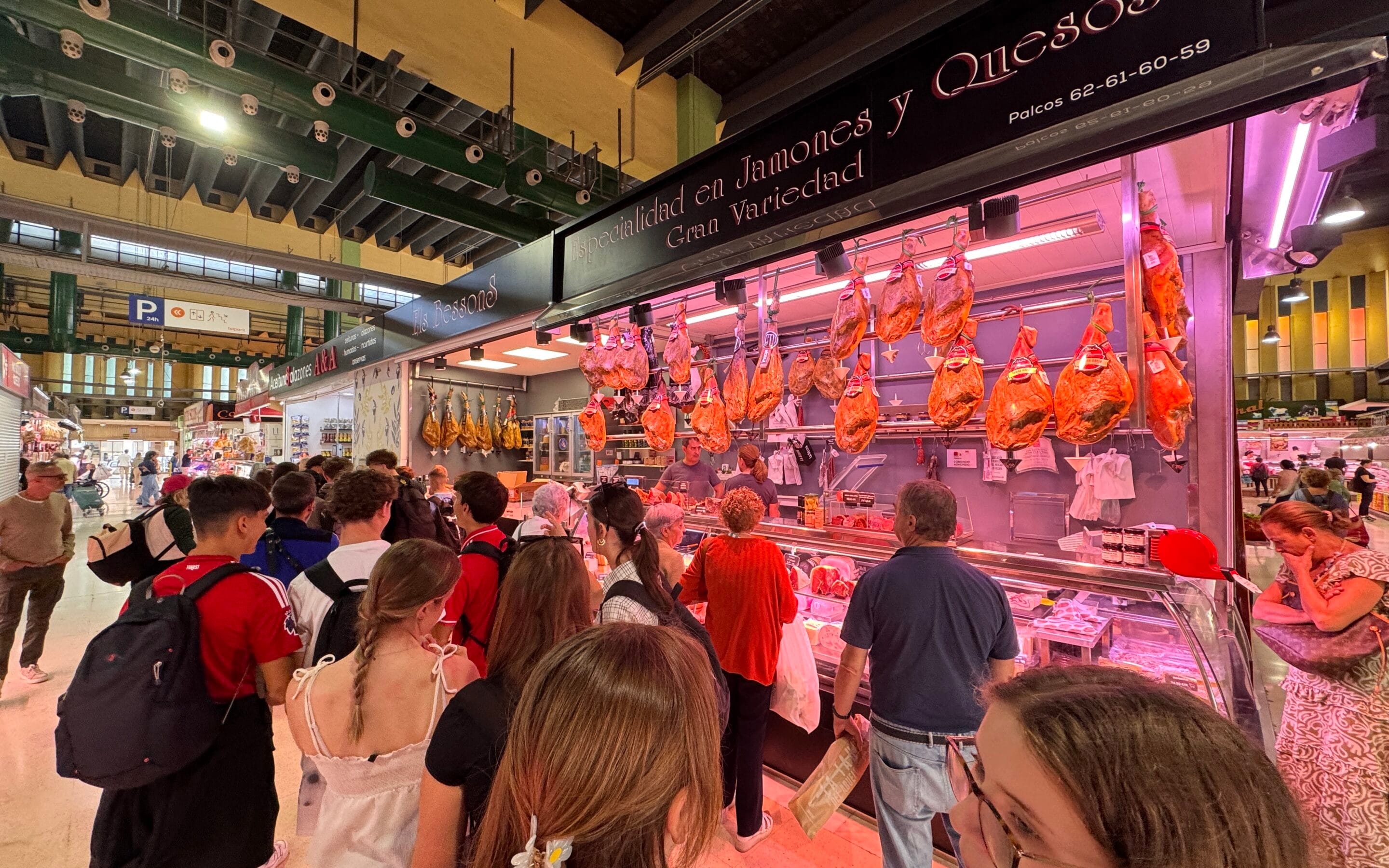
Once back in the kitchen, the chefs prepared a selection of traditional tapas to introduce students to authentic Spanish flavours and set the scene for the experience.


The chefs then guided the students in preparing three different types of paella, each with its own ingredients and regional significance:
Paella Valenciana
Paella Valenciana is a symbol of the Valencian community and is believed to be the original paella recipe, dating back to the mid-19th century. It was first created by farmers and workers in the countryside around Albufera, a freshwater lagoon near Valencia. The dish was designed to make use of readily available local ingredients – typically rabbit, chicken, and snails, combined with flat green beans (ferradura), lima beans (garrofón), tomatoes, rice, and spices like saffron and paprika.
This recipe celebrates the agricultural roots of the region and remains the benchmark for authentic Valencian cuisine. Students also learned about the importance of the socarrat, the crispy, caramelised layer of rice at the bottom of the pan, considered a prized feature of a perfectly cooked paella.

Seafood Paella
Reflecting Valencia’s coastal location on the Mediterranean, seafood paella (paella de marisco) highlights the region’s abundance of seafood. This variation often uses prawns, mussels, squid, and clams instead of meat and omits the beans and green vegetables, focusing entirely on the flavours of the sea.
This version evolved as fishermen began using their daily catch to add a coastal twist to the traditional recipe. Paella de marisco remains one of the most popular forms of paella enjoyed across Spain today, especially amongst tourists visiting coastal regions.

Vegetarian Paella
The final variation was vegetarian paella (paella de verduras), a lighter but equally tasty option made with fresh seasonal vegetables, such as peppers, artichokes, courgettes, and green beans. This version demonstrates paella’s versatility and its ability to adapt to local produce and dietary preferences while maintaining its traditional character.

During the workshop, students were guided through each step of the process, starting with sautéing the meats or seafood in olive oil in a wide, shallow pan. Next, they added the onions, garlic, and vegetables, and cooked them together before stirring in short-grain rice to absorb all the flavours. Spices were added for colour and aroma, followed by stock or water, which was simmered without stirring so the rice could absorb the liquid evenly. The dish was cooked until the rice was tender and the crispy socarrat layer formed on the bottom.
At the end, everyone – teachers, students, and chefs – came together to enjoy each variation in a traditional Spanish-style meal.


This paella-making workshop is a typical activity on a Blue Stamp Travel language-learning experience abroad, as part of our social and cultural activities programme outside of work or study. These activities offer students the chance to fully embrace a different culture and life. If this sounds interesting to you or your class, head to our Spanish Language Course in Valencia group page to find out more, or our general group bookings page for more information on tailor-made school/group trips.
